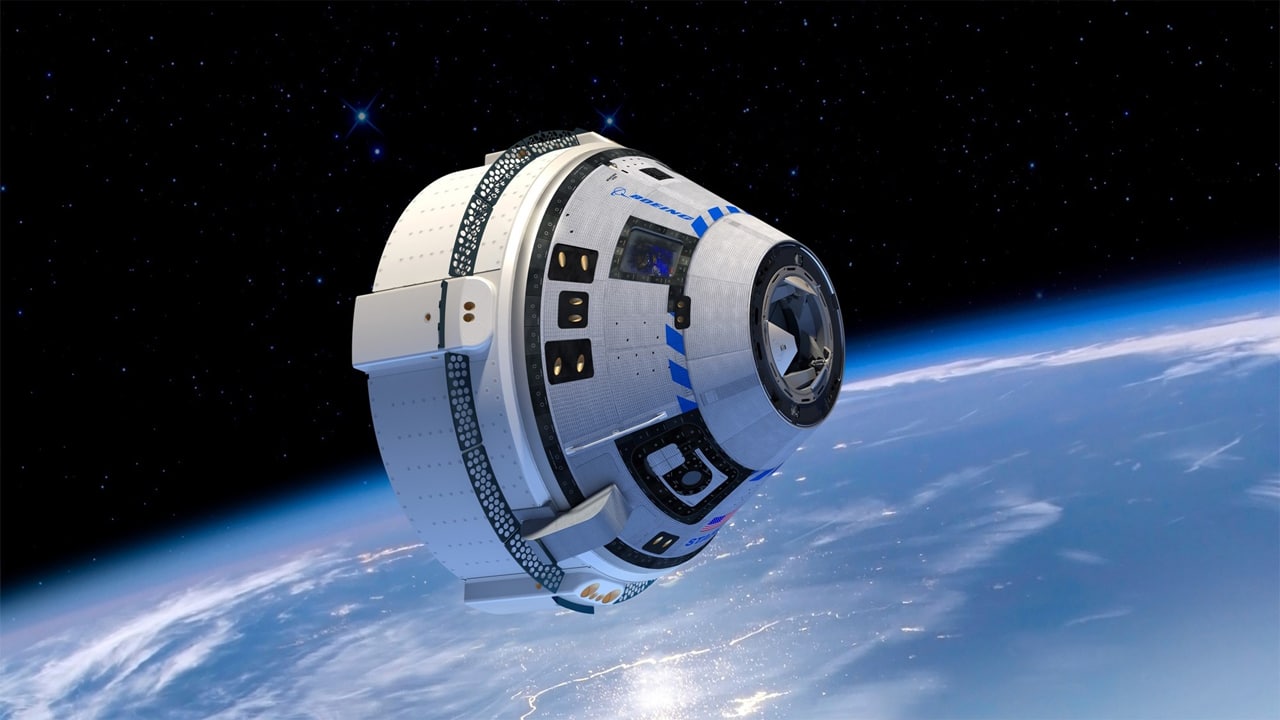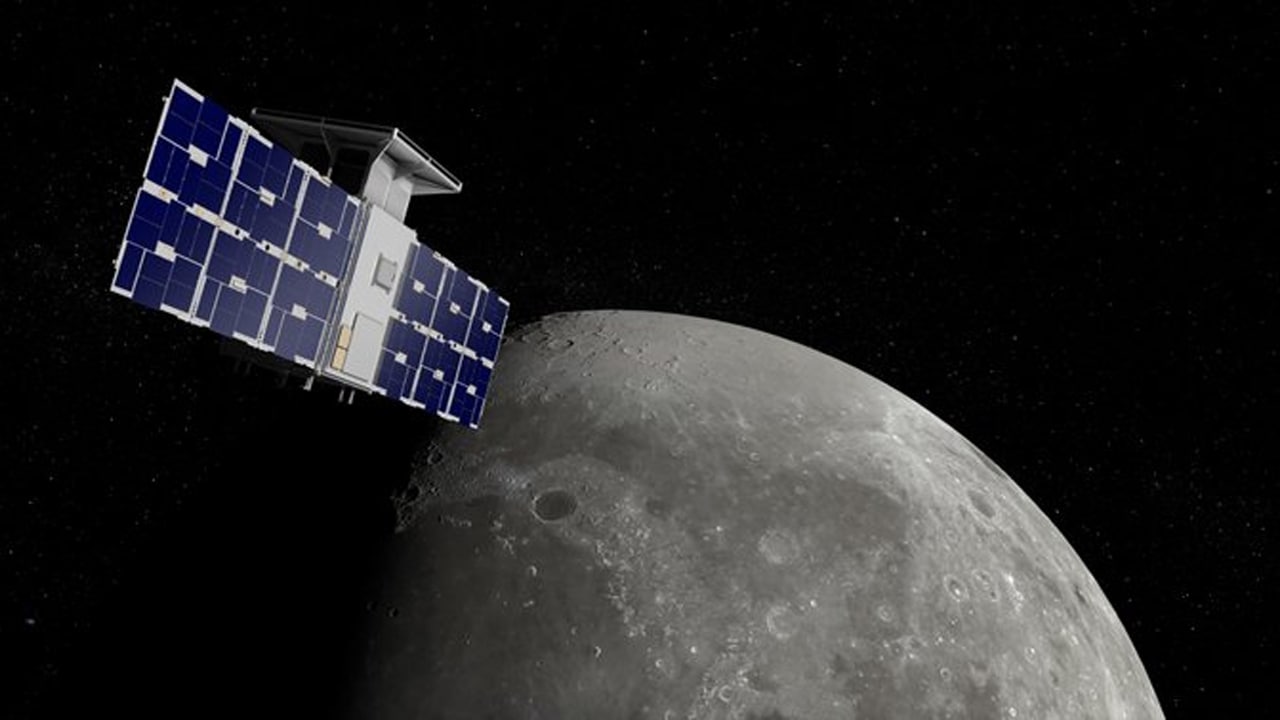According to the latest report, NASA claimed to have found the cause of the failure of the Jupiter asteroid cluster probe Lucy’s solar panels. Lucy was launched on October 16, but when two large solar panels were deployed as planned about an hour after launch, one of the panels failed to deploy. The diameter of each panel exceeds 24 feet (approximately 7 meters).
Now, the mission team believes that they have determined the cause of the failure, that is, a problem with a rope that helps the solar panel unwind.
NASA officials wrote in a previous statement: “Preliminary tests have shown that the rope pulling out the solar panels may not have completed the process as planned. However, it is not yet known what caused this situation. The mission team is making changes. Test more to determine whether the situation is true and find the root cause.”
Stay tuned with us via Telegram
The statement pointed out that in addition to the data returned by the probe, the ground team is using engineering models to assess the situation. In addition, the mission team will not order the probe to try to repair the solar panel problem until November 16 at the earliest.
According to NASA’s statement, except for the stuck solar panels, Lucy is working normally, and the probe is in cruise mode as planned. The statement pointed out that two of Lucy’s three instruments have been activated, and the third is expected to start work on November 8, US time.
 NASA engineers are still evaluating whether solar panel failures will force mission personnel to adjust future plans. Lucy needs to spend a whole year’s journey in orbit close to the earth, and the energy produced by solar panels is enough to provide it with enough energy.
NASA engineers are still evaluating whether solar panel failures will force mission personnel to adjust future plans. Lucy needs to spend a whole year’s journey in orbit close to the earth, and the energy produced by solar panels is enough to provide it with enough energy.
However, in the Trojan group of asteroids, Lucy’s destination, the sunlight is much dim, and they orbit the sun at the same distance as Jupiter. Lucy plans to fly over 7 asteroids in its 12-year mission, plus an asteroid in the main planetary belt. No probe has ever visited these Trojan asteroids, and they are sometimes referred to as planetary fossils.









